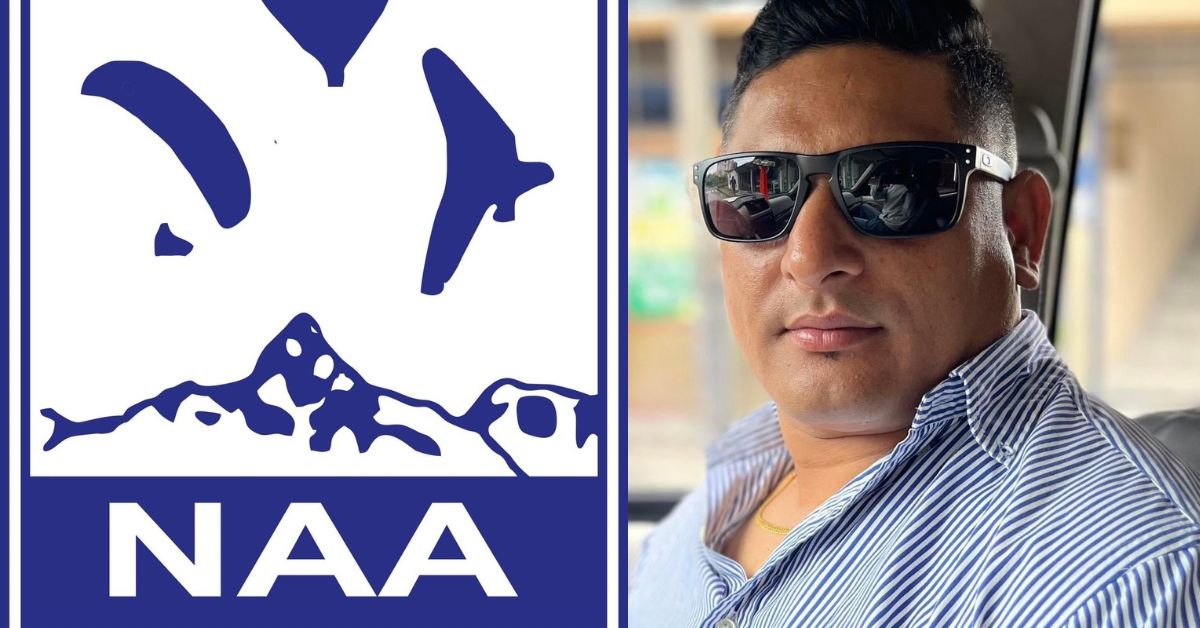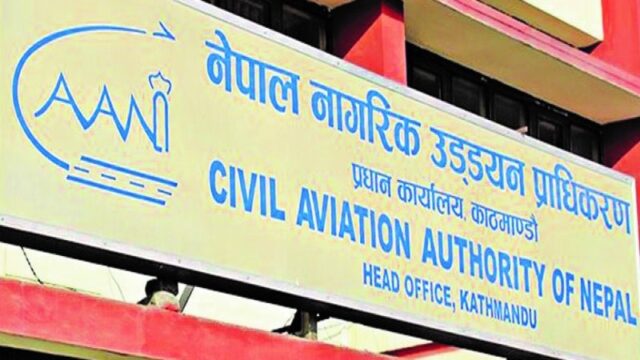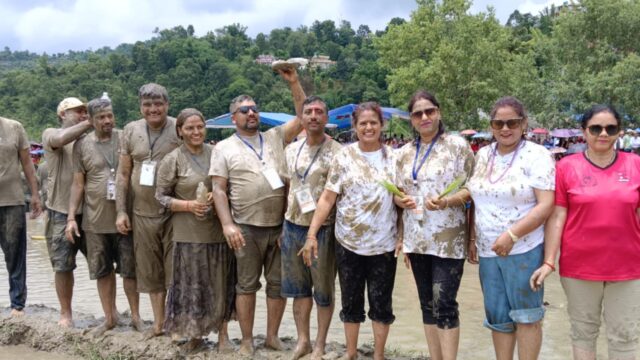The Nepal Air Sports Association (NAA), the umbrella organization representing companies active in air sports in Nepal, has recently elected a new executive committee. The 21st General Assembly and 10th Convention, held last week, elected Anil KC as the new president. Following his election, KC faces the challenge of addressing issues that have recently emerged in the air sports sector, advocating for the rights of companies and workers affiliated with the association.
In a conversation with Tourism Pana’s Soni Shahi, KC discussed the challenges and opportunities of revitalizing the air sports sector, particularly paragliding, which has faced setbacks in recent years.
KC, with 12 years of technical experience in the sector, shared his insights on the state of paragliding in Nepal. He emphasized that Pokhara has long been a prime destination for paragliding, but its growth has stagnated, particularly following the construction of Pokhara’s international airport. While previous efforts were made to develop the sector through mapping and timing adjustments, KC’s primary goal remains to further develop Pokhara’s paragliding offerings. Collaboration with all stakeholders is essential for advancing the sector, and KC plans to work towards this shared goal.
Addressing the delay in the election, KC explained that there were initial attempts to form a new committee through consensus, which were unsuccessful. While consensus was reached on most positions, the presidential seat remained contested. Despite this, the election was conducted democratically, and KC emphasized that it resulted in a collective victory for all involved.
KC highlighted the current limitation of paragliding in Pokhara, where only tandem flights (two-person flights) are offered. Historically, solo paragliding was the foundation of the sport, and all professional tandem pilots were first trained in solo paragliding. However, solo flights are no longer available in Pokhara, resulting in the loss of international solo pilots and tourists.
KC plans to prioritize the reintroduction of solo flights to attract solo pilots and tourists back to Pokhara. He believes this will help restore Pokhara’s standing as a top destination for paragliding. He also emphasized the need for policy changes, similar to those made for tandem flights, to allow the safe and regulated operation of solo paragliding.
Pokhara remains one of the world’s top 10 paragliding destinations. Despite challenges posed by the international airport’s construction, KC is confident that paragliding can thrive with proper regulation and coordination with the government and the Civil Aviation Authority. Expanding flight areas and utilizing technology are key components of KC’s plan to reinvigorate the sector.
On the topic of GPS tracking, KC noted that the technology currently used for paragliding in Nepal does not meet international standards. He aims to improve the technical systems used to track paragliders, which will allow the public to monitor flight paths online. KC also discussed plans to enhance the safety and efficiency of paragliding through better communication between pilots and ground control.
KC also addressed concerns about the “End of Lake Landing” site at Khapaudi, which has been deemed the most suitable landing site for paragliders. He stressed that the area’s gentle winds make it ideal for safe landings, but urban development around the area could threaten its usability. KC urged the Nepalese government to officially designate the site as a landing area, which would ensure its long-term viability and enhance Pokhara’s appeal to international pilots.
KC concluded by acknowledging the many challenges facing Nepal’s air sports sector but expressed optimism about the future. He emphasized the importance of collaboration with the government to implement necessary policy reforms, ensuring that Nepal remains a premier destination for air sports.





